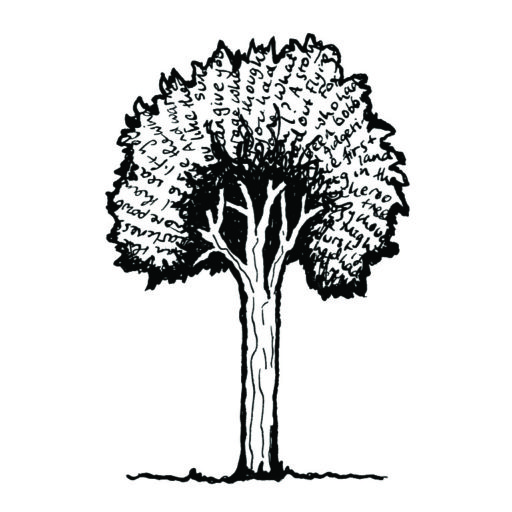Every summer, in our street, there was a loud insistent “pip-pip-pip” that rang out, at intervals, nearly all day. The Sacred Kingfishers were nesting in a large old tree near the corner. The tree is gone now, and I need to walk further to be within earshot of the Sacreds. On my way, I might see 3 other species of kingfisher. Although some live near water, none of them regularly hunt in the typical ‘kingfisher’ way, of diving into water to take fish.
The kingfishers that do fish – also known as ‘river’ kingfishers – typically have very long, narrow bills, and very short tails. I guess a tail is a useful counterbalance when hunting on the ground, but would be an encumbrance when diving into water. In Australia, an example of a ‘river’ kingfisher is the very beautiful Azure Kingfisher, (Ceyx azureus, formerly known as Alcedo azurea).
Many other Australian kingfishers are known as ‘tree’ kingfishers. They are characterised by comparatively broad bills that are shorter than their tails. My local kingfishers are all tree kingfishers: the Sacred Kingfisher, the Collared Kingfisher (also known as the Sordid kingfisher), the Forest Kingfisher and the Laughing Kookaburra.
These birds are sit-and-wait predators. They perch in a tree and spend a lot of time quietly looking at the ground. When they spy something edible they dive to the ground and pounce on it, and sometimes immobilise their prey with ‘a vigorous beating’. The Collared Kingfisher lives in mangrove forests and also forages on tidal mudflats, mostly along the seaward fringe of the mangroves. Maybe it was thought to be ‘Sordid’ because of its muddy lifestyle. Which seems a bit unfair, since all of the Sordid Kingfishers that I’ve ever seen are clean, bright and resplendent in their white-and blue/green plumage.
Kookaburras (the largest of all kingfishers) and the other ‘tree’ kingfishers eat mostly invertebrates (including insects, worms and snails), but also take reptiles and birds, and fish when they can get them.

A blue-winged kookaburra and what it eats. Illustration from the Bimblebox Wonderland colouring book.
The Laughing Kookaburra is renowned for eating snakes – some up to a metre long – but these only make up a small part of its diet. It’s also been called Johnniebottom, the Woop Woop pigeon, Ha Ha Duck or Breakfast Bird. Curiously, the genus name of the Kookaburra – Dacelo – is an anagram of the old genus name of the Azure Kingfisher – Alcedo. Perhaps the taxonomist found it hard to translate ‘Woop woop’ into Latin?
Of course, Laughing Kookaburras are also famous for their laugh. But did you know this laugh is made up of 5 different components? Here’s a little cartoon that translates some basic ‘kookaburra’, for the next time you hear these commonplace, but remarkable birds.
References:
del Hoyo,J., Elliott, A. and J. Sargatal (eds). (2001) Handbook of the Birds of the World, Vol. 6. Mousebirds to Hornbills. Lynx Editions, Barcelona.
Higgins, P.J. (ed) (1999) Handbook of Australian, New Zealand and Antarctic Birds. Vol. 4. Parrots to Dollarbird. Oxford University Press, Melbourne.
Discover more from Paperbark Writer
Subscribe to get the latest posts sent to your email.




Bimblebox wonderland colouring books received with thanks. Delightful!
Very nice work!
Hey thanks Paula, glad you like them! I look forward to seeing some coloured versions of the pictures. Cheers, Paula
I love this post Paula. The kingfishers are such beautiful birds. I always feel as if my day has been blessed with something special when I see one. I didn’t know there are ‘river’ and ‘tree’ species. So thank you!
Hi Gail. Yes there is something very special about kingfishers – a sort of quiet dignity from sitting so still up in the trees, and their movements often seem to be very considered and careful. Then there are all the beautiful colours! Thanks for your appreciation. Cheers, Paula
Hi Paula,
Thanks for increasing my knowledge about kingfishers. They are one of my favourite birds to visit my garden and see on walks. I often see laughing kookaburras eating small snakes and lizards in my yard and I see the bank tunnels of other species on wanders. Great post! 🙂
Thanks Jane. Aren’t we fortunate to have several species of these great birds where we live? If we also had the very cute little kingfisher from North Queensland I think I would be beside myself with kingfisher-bliss . Thanks for reading!